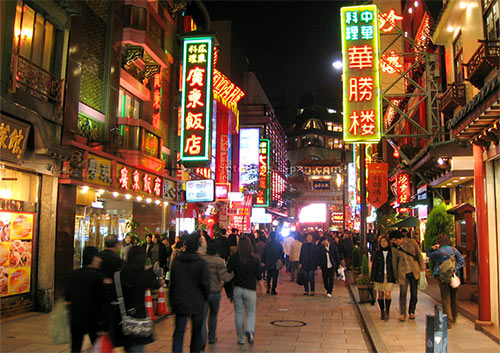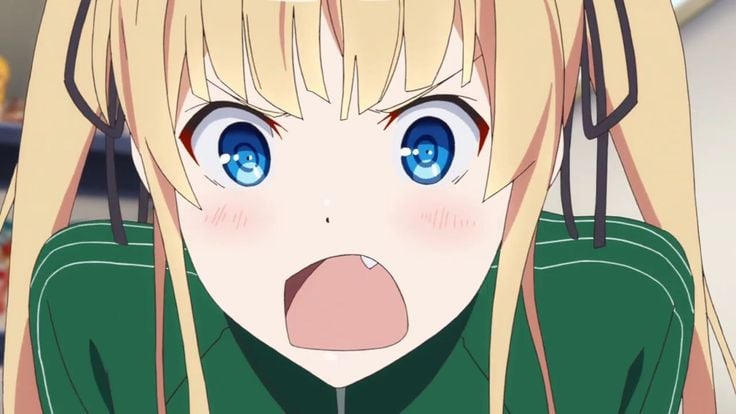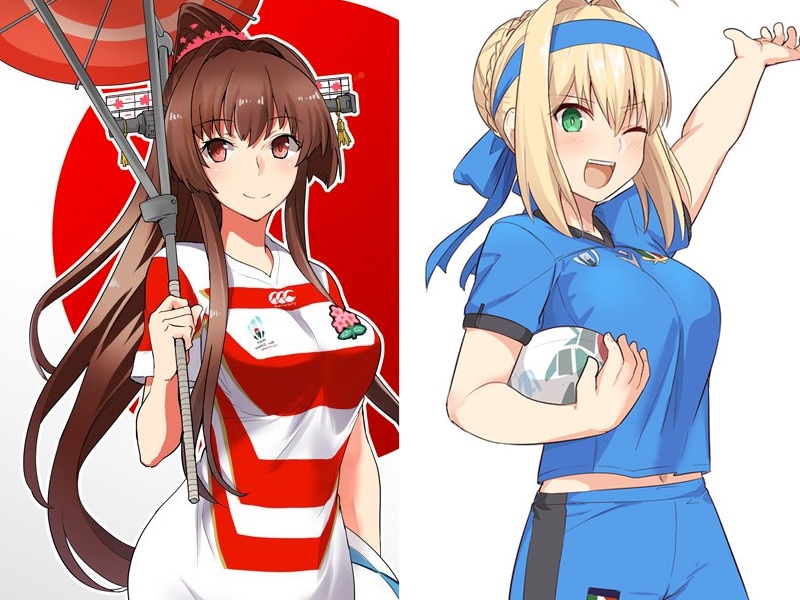I often write about how Japan is a homogeneous place in which 98.5% of the people consider themselves to be of the same genetic “Yamato Japanese” stock, despite the obvious variations in skin color, facial shape and body type you notice if you actually pay attention to people. While Japanese like to propagate this “myth of Japanese uniformity” for socially convenient reasons (it eliminates all discrimination, in theory), the reality is that even “pure” Japanese contain varying amounts of Mongolian, Korean, Chinese, Ainu and other blood in their veins. (I contributed some American blood, too, through my kids.) No matter how far the happy social umbrella of a unified Japanese gene pool is stretched, though, there are certain groups within Japan that it just can’t cover. These include zainichi (“residing in Japan”) Koreans and Chinese, who were born and raised here and often speak only Japanese yet don’t take Japanese citizenship for cultural reasons; Okinawans, who have a unique culture and language separate from Japan; the Ainu, the original residents of northern Japan; nikkei foreigners, usually Brazilians or Peruvians of Japanese descent who get special visas to immigrate to Japan; and regular gaijin like me, who have come to Japan from other countries for various reasons. While born-in-Japan Koreans have historically been the largest minority inside Japan, a few years ago zainichi Chinese overtook them to become the biggest group.

Yokohama is the center of Chinese culture inside Japan.














